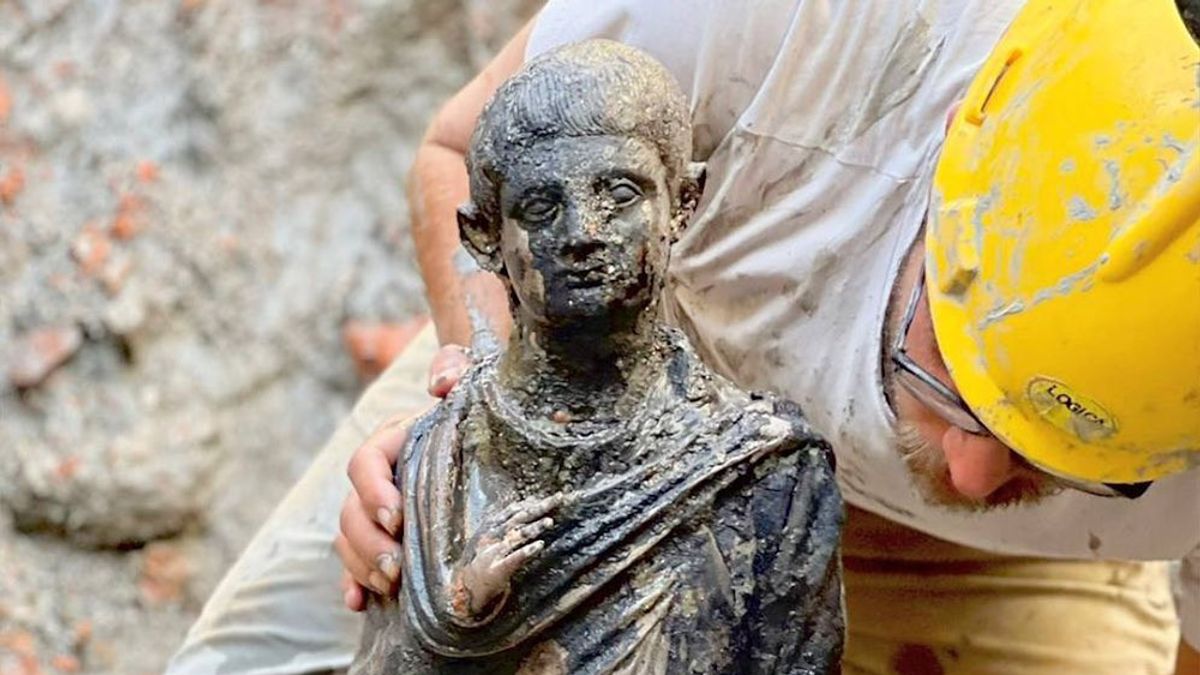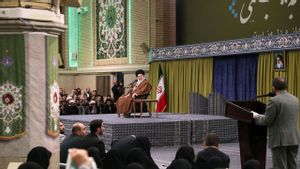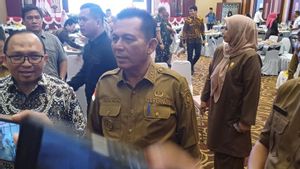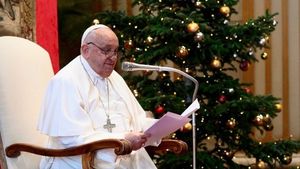JAKARTA - The Italian team of archaeologists managed to find more than two dozen bronze statues dating back to ancient Roman times in the Tuscany heat bath, referred to as sensational discoveries due to its well-preserved condition.
The statues were found in San Casciano dei Bagni, a town on the top of a hill in Rome's 60 kilometers (100 miles) north of Siena province, where archaeologists have been exploring the ruins of a muddy ancient bath since 2019.
"This is a very significant and extraordinary finding," Jacopo Tabolli, assistant professor of the University for Foreigners at Siena told Reuters, as reported November 12.
Meanwhile, Massimo Osanna, a top cultural ministry official, called her one of the most extraordinary discoveries "in ancient Mediterranean history".
Not only that, this finding is also named the most important since the Riace Bronzes, a pair of ancient Greek giants, was pulled from Italy's offshore sea in 1972.
Tabolli said the statues depicting Hygieia, Apollo and other Greek-Romawi gods were used to decorate shelters before being immersed in hot water, in a kind of ritual, "perhaps around the 1st century AD".
"You give you water because you hope the water gives you something back," he explained about the ritual.
Most statues date back to the 2nd century BC and the 1st century AD, the period of "large transformation in ancient Tuscany" when it passed from Etruscan to Roman rule, the Ministry of Culture said in a statement.
It was a "large conflict era" and a "cultural osmosis", in which the San Casciano Grand Institution protection venue represents a unique "multi-cultural and multilingual peace haven, surrounded by political and war instabilities," the ministry said.
The statues were covered by nearly 6,000 hot bronze, silver, and gold coins and San Casciano muddy water helping to preserve them "almost as on the day they were immersed," said Tabolli.
He explained that so far the research team managed to find 24 large statues, plus several smaller statues, calling them unusual because the statue was made of bronze, not the city.
Tabolli mengatakan ini, menunjukkan bahwa mereka berasal dari apa yang disebutnya persetembangan elite, di mana para penelisau juga menemukan "prasasti bagian dalam bahasa Etruska dan Latin", menyebutkan nama keluarga lokal yang kuat, tambah pernyataan kementerian itu.
According to the Minister of Culture Gennaro Sangiuliano, "the discovery is extraordinary... once again asserting that Italy is a country with enormous and unique treasures".
The ministry added that the statues had been taken to a restoration laboratory in nearby Grosseto, before finally being displayed at a new museum in San Casciano.
The English, Chinese, Japanese, Arabic, and French versions are automatically generated by the AI. So there may still be inaccuracies in translating, please always see Indonesian as our main language. (system supported by DigitalSiber.id)













